|
Getting to grips with a new lens is always a painstakingly exciting exercise. Although the learning process is never-ending, it is best if you take it out for a well-planned testing regime and get fully acquainted with it before an important photo session or journey. Here are some tips as to how to get to grips with a long telephoto lens: 1. Take it for a long test drive. You need to get used to the additional weight. So the best way is to take it out for a long test drive. For this, try going to the zoo or bird park. Carry the lens, inside the carrying case as well as holding it and cradling it around the uphill and downhill slopes. This is an excellent way of ascertaining whether you need to go to the gym and build up your stamina before the long photo trip. For this, an excellent suggestion is the Jurong Bird Park. It has enough nooks and crannies, hidden observation towers and aviaries to keep you occupied for hours on end. 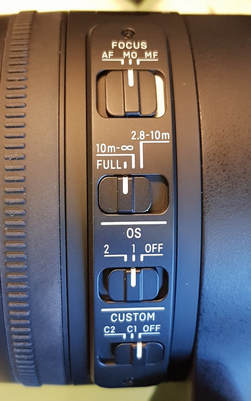 2. Know all the control switches on the lens. When the situation calls for it, you do not have time to second-guess the placements of the control switches and what each setting does. For that I practice with my eyes closed and know the exact locations of the buttons as well as what each setting does. You need to know exactly where to go and which setting to switch to automatically and without having to think. For example, if you need to pan fo follow a moving subject, you need to switch the OS (Optical Stabilizer) to setting 1. 3. Learn to estimate the various focusing distances The minimum focusing distance is one that you need to be estimate quickly else you will find your lens hunting up and down trying to focus on the subject matter. I was testing a Sigma 150-600mm lens and it comes with a middle setting of 10 metres to infinity. So I need to estimate when the subject moves off and is more than 10 metres away. When that happens, you need to then change the auto-focusing setting to the middle or left-most setting. The latter might not be ideal as it will mean that the lens will take longer to hunt the whole focusing range. The shots below were take with the lens fully extended (at 600mm) and at or near the minimum focusing distance. Note the varying image sizes of the heads of birds in relation their overall size. 3. Be aware of the depth-of-field for each telephoto setting. For that, shoot the subject matter with some way of displaying the depth-of-filed. In the example below, I shot the parrot along a rope walk to get a sense of the depth of field for various aperture settings (in this case is F8). The point to note here is that you need use a fast shutter speed and/or secure the lens and camera on a steady tripod so that the results are more accurate. In the example below, even though the head of the bird was sharp, due to the short depth-of-field, the beak was slight off. 3. Test the auto-focusing speed. As I was using an adapter (Sigma MC-11) on my Sony A7RIII for the Sigma 150-600mm lens made for Canon EF mounts, I needed to be doubly sure about the focusing speed vis-a-vis native Sony lenses such as the 24 - 70 GM (which in my opinion is the fastest). For the example below, I chose a fast-moving subject such as the bird taking a bath in the water puddle. Although the focusing was fast enough, it wasn't catching the right subject matter and kept focusing on the droplets instead. 4. Try out the various AF (auto-focusing) modes. With reference to the example above, I then tried using the MO or manual over-ride mode. But alas the bird was way too fast, and for this shot I have to switch to MF manual focussing mode, pre-focus and then pressing the shutter release at the right moment. 5. Understand the characteristics of the lens Try taking shots with dark or black backgrounds and see if there are any uncontrollable chromatic aberrations. Then try a brightly-lit background to test for flare and how the lens handles contrasty situations. If you must, pixel-peep and set the image magnification to 100% or crop accordingly. From there, find the optimal aperture setting of the lens. In the case of the Sigma 150-600mm lens, I find that the optimum setting is F8. The more you get acquainted with your new lens, the more you are able to bring out its full potential, so go out, take as many shots as possible in as many situations as you can find and see how it handles all of them. Happy shooting!
0 Comments
|
AuthorAn avid photographer since when he was a kid, M.K. Wong delves in both photo-taking as well as post-processing techniques. Archives
March 2021
Categories |
Proudly powered by Weebly

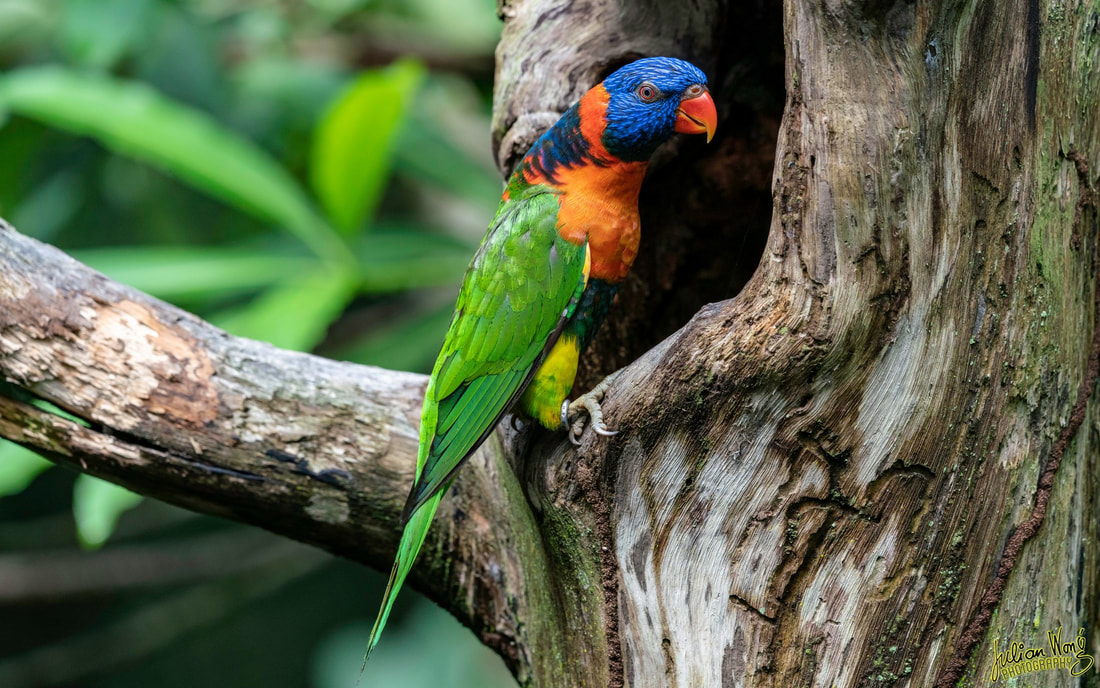
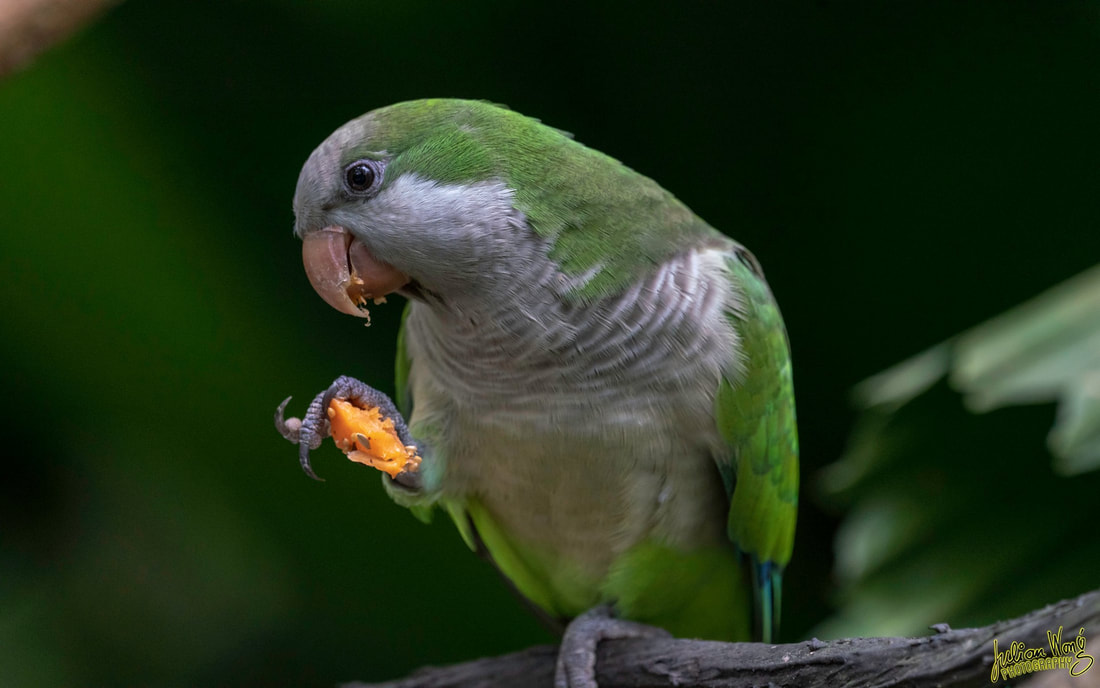
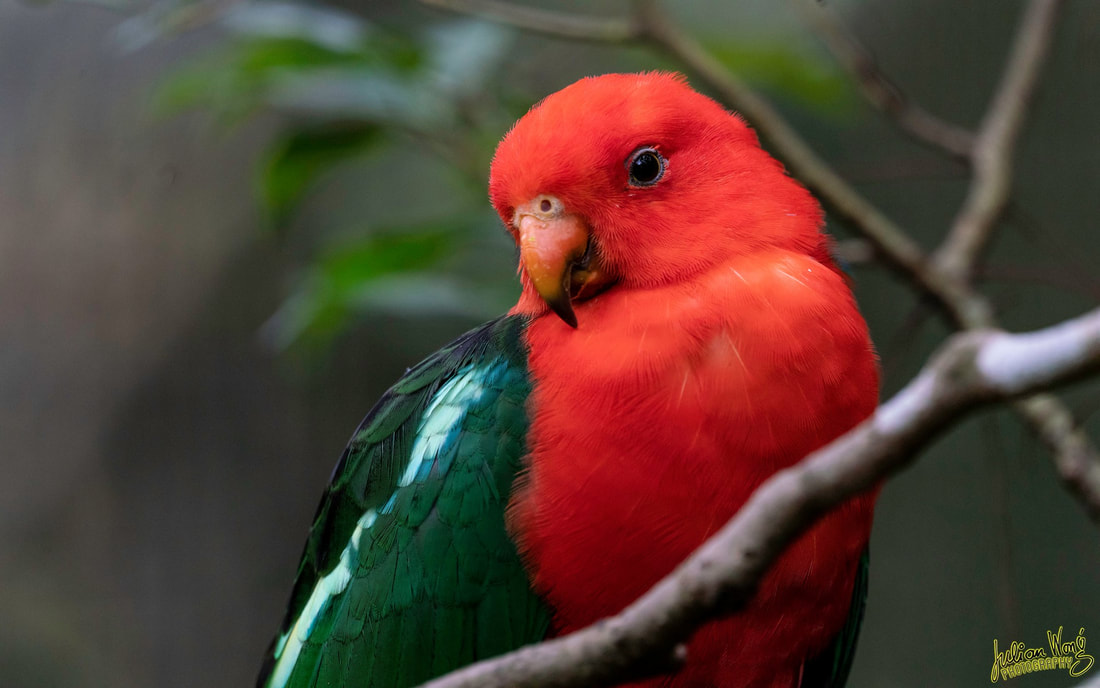
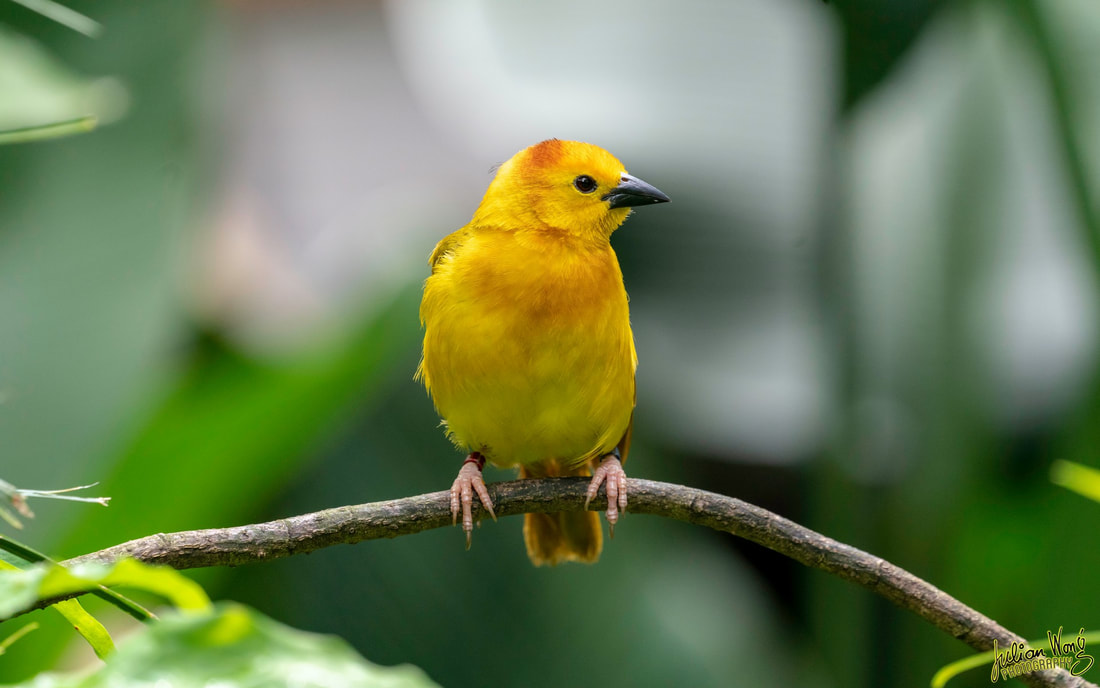
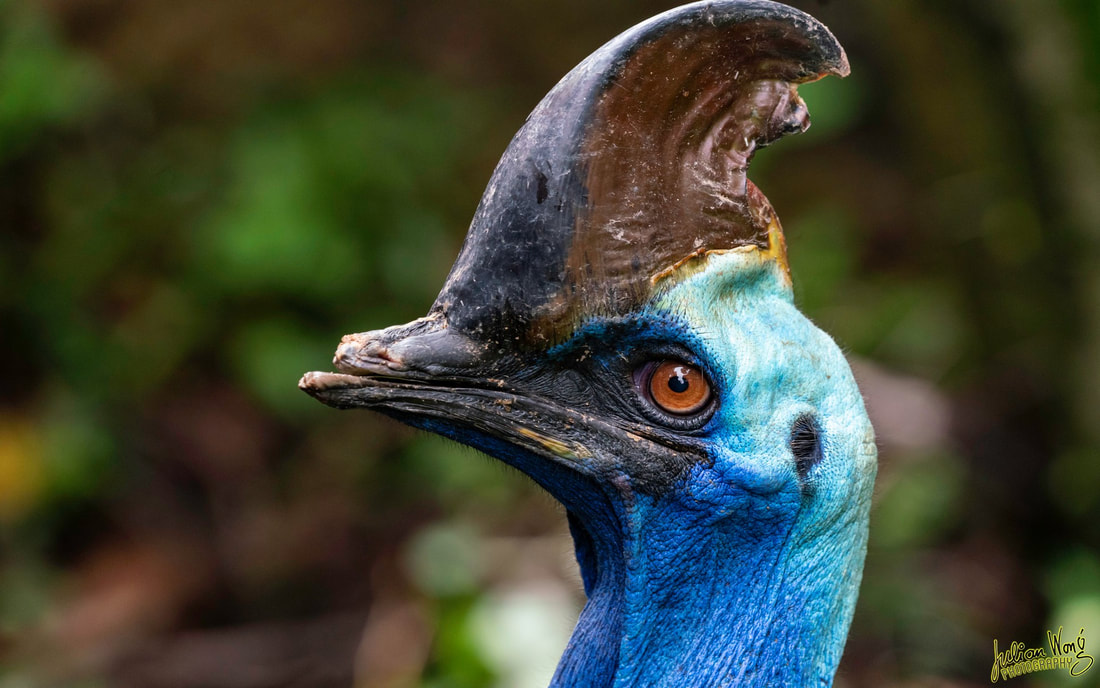
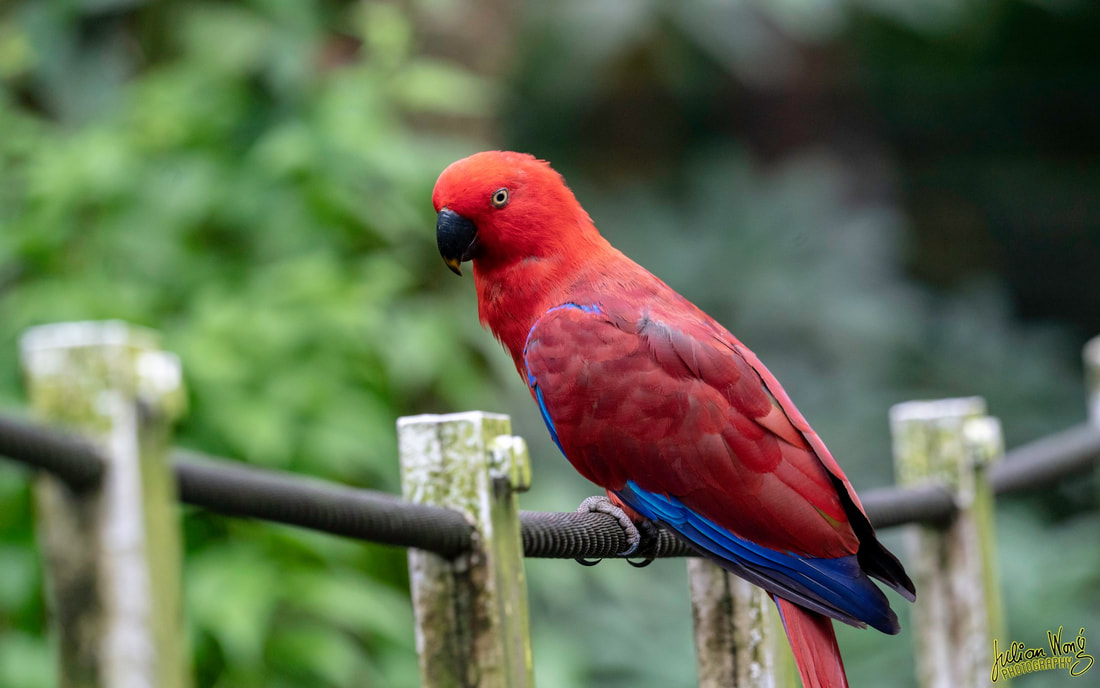
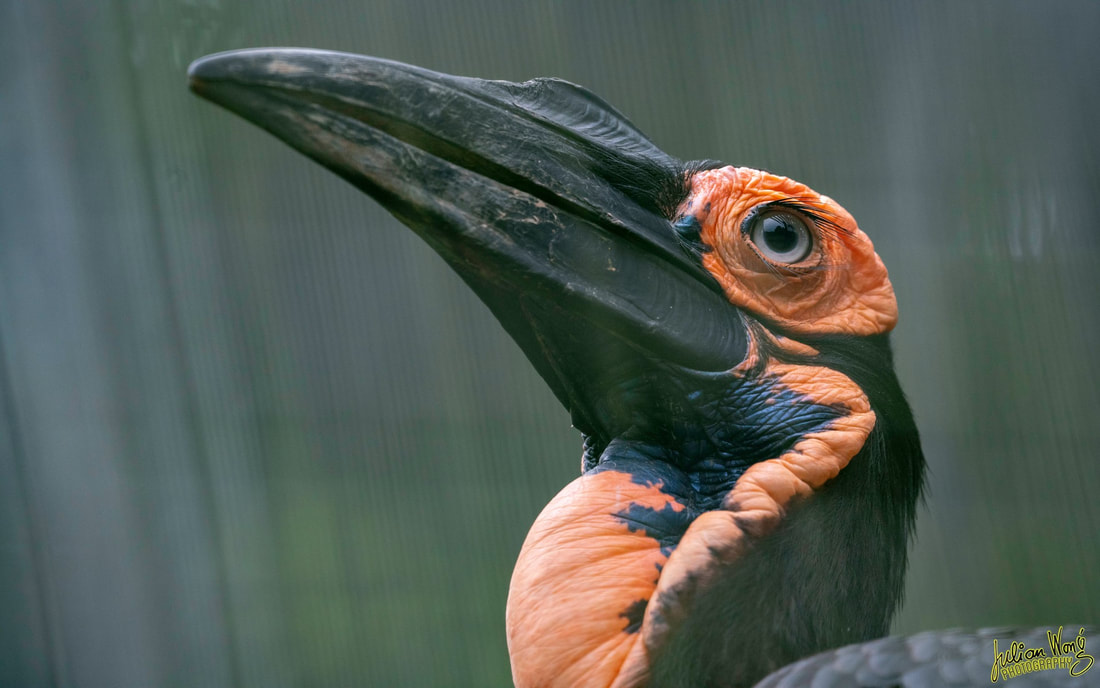
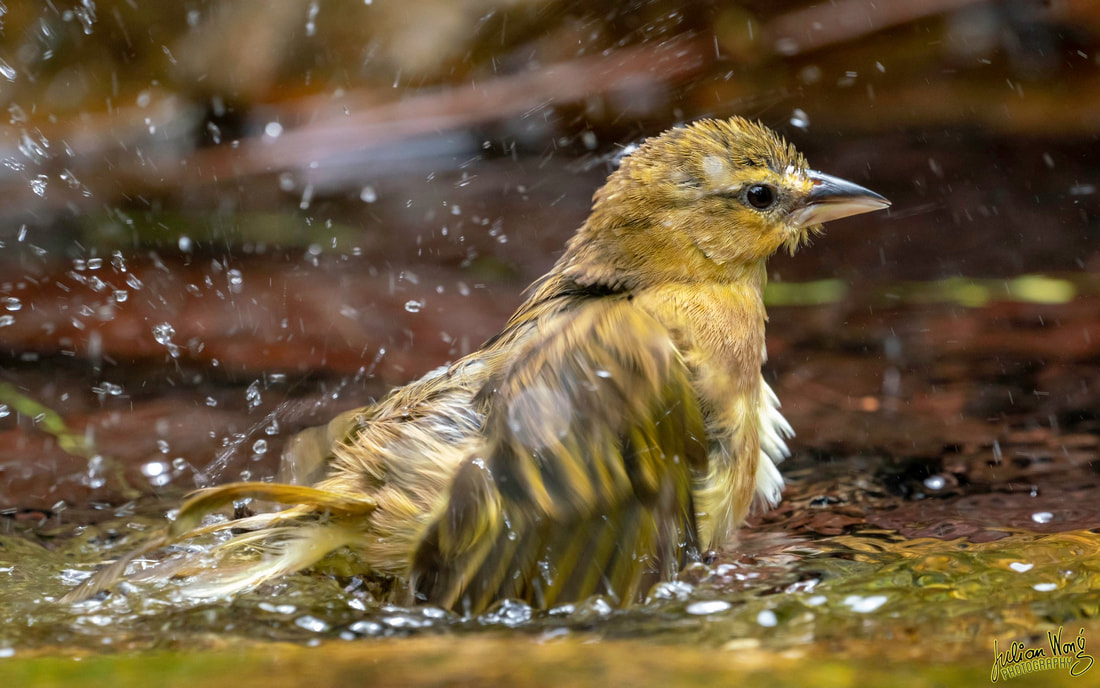
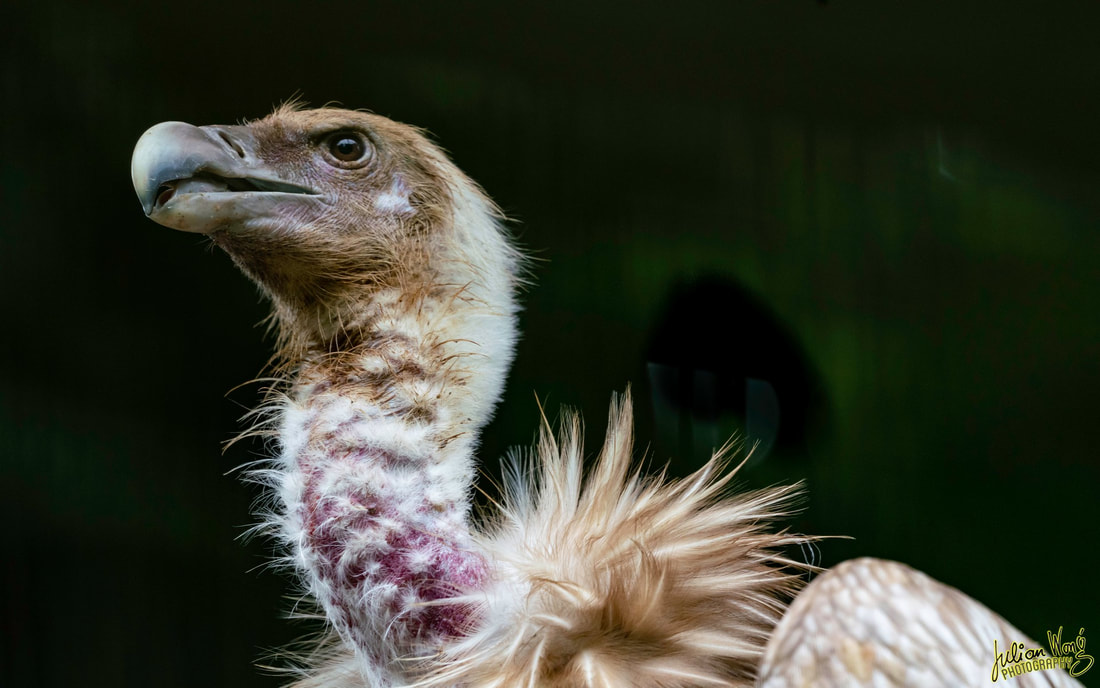
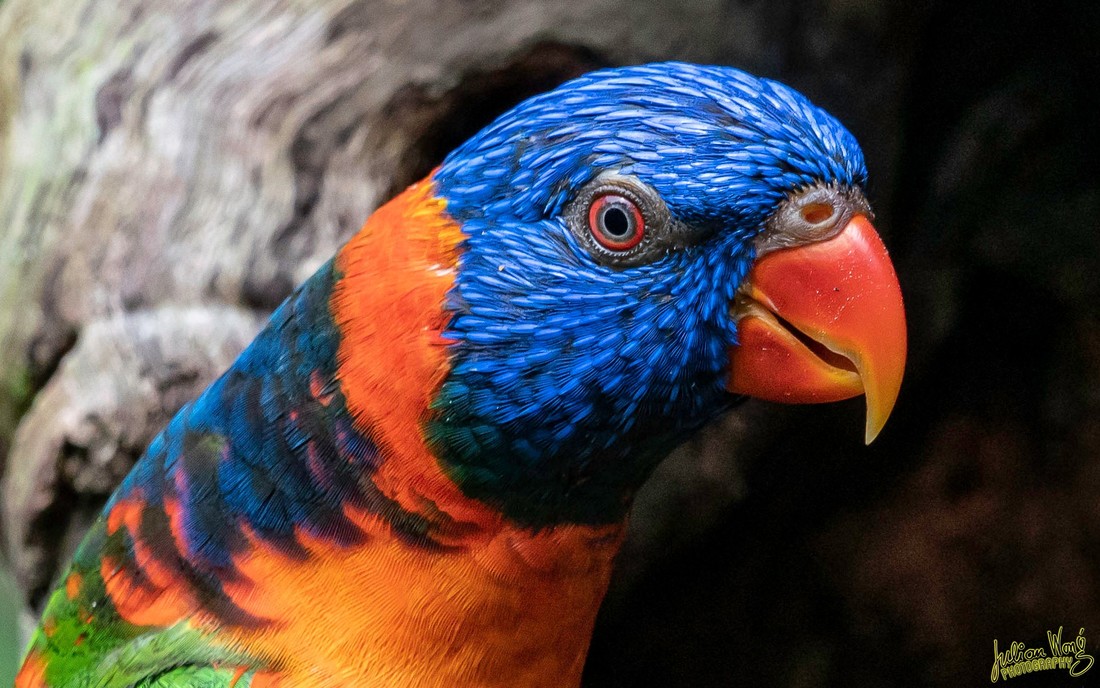
 RSS Feed
RSS Feed